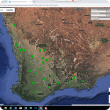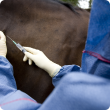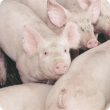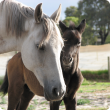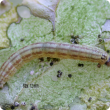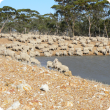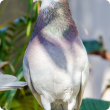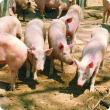Filter by regions:
- (-) Remove Gascoyne filter Gascoyne
- South West (169) Apply South West filter
- Great Southern (168) Apply Great Southern filter
- Peel (166) Apply Peel filter
- Mid West (164) Apply Mid West filter
- Wheatbelt (150) Apply Wheatbelt filter
- Goldfields-Esperance (148) Apply Goldfields-Esperance filter
- Perth regions (146) Apply Perth regions filter
- Kimberley (137) Apply Kimberley filter
- Pilbara (137) Apply Pilbara filter

